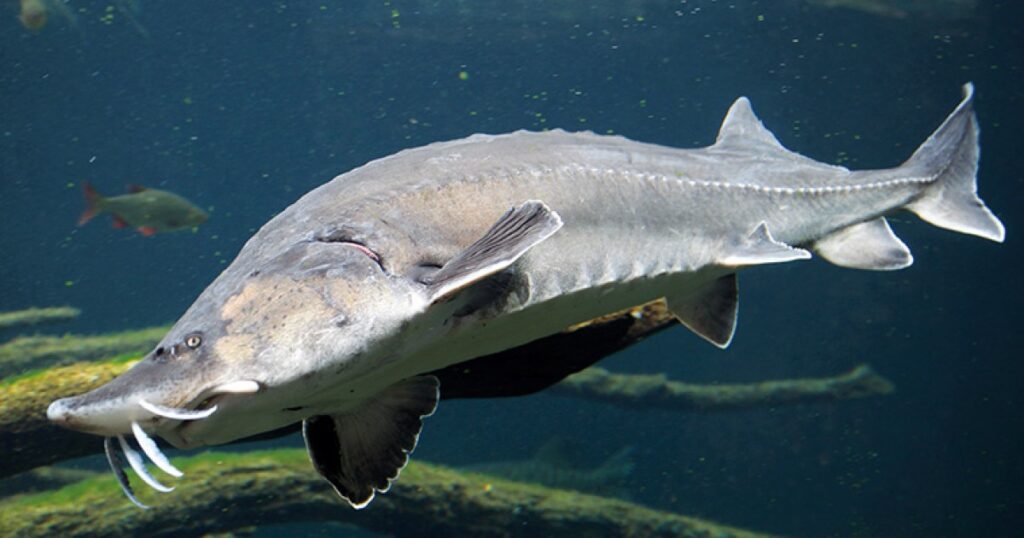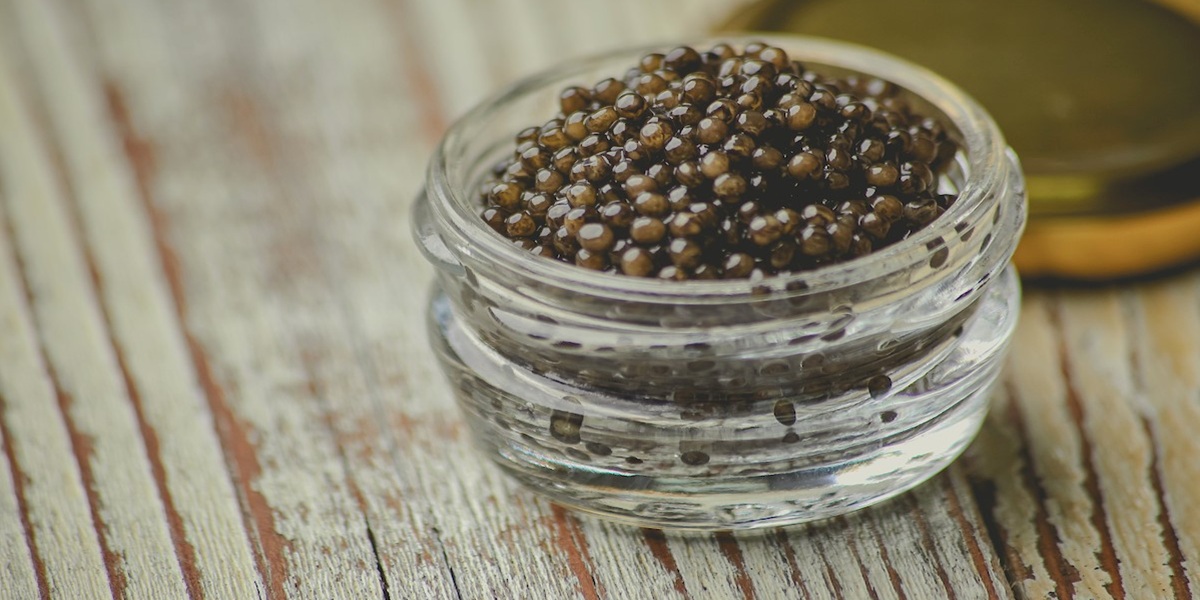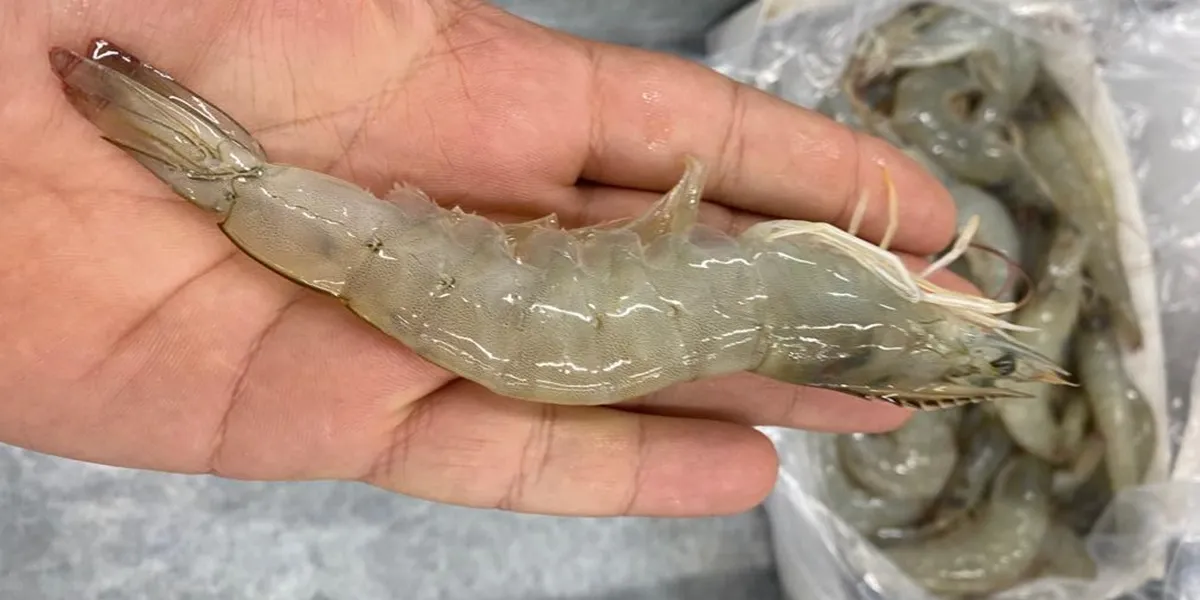Caviar, often referred to as “black gold,” is a delicacy that has graced the tables of royalty and gourmands for centuries. Beyond its luxurious appeal, caviar offers a plethora of health benefits, making it a nutritional powerhouse. In this comprehensive guide, we will explore the various types of caviar and delve into their unique health advantages.
Understanding Caviar: A Brief Introduction
Caviar consists of the salt-cured eggs, or roe, of sturgeon fish. Renowned for its delicate texture and rich flavor, caviar is not only a symbol of luxury but also a source of essential nutrients. Its consumption dates back to ancient civilizations, where it was prized for both its taste and medicinal properties. Why Is Iranian Caviar the Best in the World? Iranian caviar, especially varieties like Beluga and Ossetra, is known for its unparalleled quality and long-standing tradition of excellence, making it a global leader in the caviar industry.
Exploring Different Types of Caviar
Caviar is categorized based on the species of sturgeon from which it is harvested. Each type offers distinct characteristics in terms of flavor, texture, and color.
1. Beluga Caviar: Sourced from the Beluga sturgeon (Huso huso), this caviar is famed for its large, soft eggs and subtle, buttery flavor. The eggs range in color from pale silver to black.
2. Ossetra Caviar: Harvested from the Ossetra sturgeon (Acipenser gueldenstaedtii), this variety features medium-sized eggs with a firm texture and a nutty, briny taste. Colors vary from dark brown to golden hues.
3. Sevruga Caviar: Obtained from the Sevruga sturgeon (Acipenser stellatus), this caviar presents small, firm eggs with a pronounced, robust flavor. The eggs are typically light to dark gray.
4. Sterlet Caviar: From the Sterlet sturgeon (Acipenser ruthenus), this caviar offers small, delicate eggs with a mild, buttery flavor, often light gray to golden in color.
5. Kaluga Caviar: Sourced from the Kaluga sturgeon (Huso dauricus), this variety is known for its large, firm eggs and a rich, creamy taste, with colors ranging from light to dark gray.
How to Identify High-Quality Caviar?
Identifying high-quality caviar involves considering its color, size, and texture. Premium caviar should have distinct, glossy, firm eggs without any broken pieces. The flavor should be delicate yet rich, with a clean, oceanic taste that doesn’t overwhelm the palate. Iranian caviar, known for its quality, is often regarded as the benchmark in the industry due to its exceptional taste and consistency.
Nutritional Profile of Caviar
Caviar is not only a gourmet indulgence but also a nutrient-dense food. A typical serving provides:
• Proteins: High-quality proteins essential for muscle development and repair.
• Omega-3 Fatty Acids: Beneficial fats that support heart health, reduce inflammation, and enhance cognitive function.
• Vitamins: Rich in vitamins A, D, E, and B12, supporting vision, bone health, immune function, and energy production.
• Minerals: Contains calcium, iron, magnesium, phosphorus, and selenium, crucial for various bodily functions, including bone strength and oxygen transport.
The Health Benefits of Caviar: More Than Just a Luxury Food
Incorporating caviar into your diet can offer numerous health advantages:
1. Cardiovascular Health: The omega-3 fatty acids in caviar help lower triglyceride levels, reduce blood pressure, and prevent plaque formation in arteries, thereby supporting heart health.
2. Cognitive Function: Omega-3s also play a vital role in brain health, potentially improving memory and reducing the risk of cognitive decline.
3. Immune Support: Vitamins A, C, and E, along with selenium, act as antioxidants, strengthening the immune system and protecting against oxidative stress.
4. Bone Strength: Calcium and vitamin D in caviar contribute to maintaining strong bones and teeth, reducing the risk of osteoporosis.
5. Skin Health: The nutrient-rich profile of caviar promotes skin elasticity, hydration, and a youthful appearance.
Health Benefits of Caviar
Incorporating caviar into your diet can offer numerous health advantages:
1. Cardiovascular Health: The omega-3 fatty acids in caviar help lower triglyceride levels, reduce blood pressure, and prevent plaque formation in arteries, thereby supporting heart health.
2. Cognitive Function: Omega-3s also play a vital role in brain health, potentially improving memory and reducing the risk of cognitive decline.
3. Immune Support: Vitamins A, C, and E, along with selenium, act as antioxidants, strengthening the immune system and protecting against oxidative stress.
4. Bone Strength: Calcium and vitamin D in caviar contribute to maintaining strong bones and teeth, reducing the risk of osteoporosis.
5. Skin Health: The nutrient-rich profile of caviar promotes skin elasticity, hydration, and a youthful appearance.

Incorporating Caviar into Your Diet
While caviar is traditionally enjoyed on its own or with simple accompaniments like blinis or toast points, it can also enhance various dishes:
• Appetizers: Use caviar to garnish canapés, deviled eggs, or sushi rolls for an elegant touch.
• Salads: Add a spoonful of caviar to salads to elevate flavor and nutritional value.
• Pasta and Risotto: Incorporate caviar into creamy pasta or risotto dishes for a luxurious twist.
The Different Types of Caviar and Their Unique Characteristics
Caviar is a delicacy that comes in a variety of forms, each offering a unique taste, texture, and appearance. Below, we explore five of the most popular types of caviar and what makes each of them special.
1. Beluga Caviar: The Pinnacle of Luxury
Beluga caviar is the most prized and sought-after variety, sourced from the Huso huso sturgeon. Native to the Caspian Sea, this species produces large, smooth eggs with a rich, buttery flavor. The color ranges from pale silver to dark gray, with lighter shades often being more valuable. Beluga caviar is known for its delicate texture and a lingering, slightly nutty aftertaste. Due to overfishing, strict regulations have been placed on Beluga caviar production, making it a rare and exclusive option.
2. Ossetra Caviar: The Nutty Delicacy
Ossetra caviar, harvested from the Acipenser gueldenstaedtii sturgeon, is a favorite among chefs and caviar enthusiasts. It features medium-sized, firm eggs that range in color from deep brown to golden amber. The flavor is complex, often described as nutty, slightly briny, and with a distinct creaminess. Ossetra sturgeons take around 12 to 15 years to mature, contributing to the rarity and superior quality of this caviar. Some golden Ossetra varieties are even more coveted due to their rarity and richer taste.
3. Sevruga Caviar: A Bold and Intense Flavor
Derived from the Acipenser stellatus sturgeon, Sevruga caviar is known for its small, delicate eggs and an intense, briny flavor. The color of the roe typically varies from light gray to charcoal black. Compared to Beluga and Ossetra, Sevruga sturgeons have a shorter maturation period, making this caviar more widely available. Its robust flavor makes it a popular choice for those who prefer a stronger, saltier caviar experience.
4. Kaluga Caviar: A Sustainable Alternative to Beluga
Kaluga caviar, often referred to as “River Beluga,” comes from the Huso dauricus sturgeon, a species native to the Amur River. It shares many characteristics with Beluga caviar, including large, firm eggs and a creamy, buttery taste. The eggs vary in color from dark gray to olive green. Due to conservation efforts, Kaluga caviar has gained popularity as a sustainable alternative to traditional Beluga caviar while still offering a luxurious experience.
5. Sterlet Caviar: A Delicate and Mild Option
Sterlet caviar comes from the Acipenser ruthenus sturgeon, a smaller species that produces tiny, soft eggs with a light gray to golden hue. This caviar was historically favored by Russian and Persian royalty. It has a mild, buttery taste with subtle briny notes, making it an excellent choice for those new to caviar. Due to its smaller size and fast-growing nature, Sterlet sturgeon is often used in sustainable aquaculture farms.
Health Benefits of Caviar: A Superfood of the Sea
Caviar is more than just a luxury item—it is packed with essential nutrients that support overall health. Here are some of the key health benefits of consuming caviar:
1. Rich in Omega-3 Fatty Acids for Heart Health
Caviar is a powerhouse of omega-3 fatty acids, which play a crucial role in maintaining cardiovascular health. These healthy fats help lower bad cholesterol (LDL), reduce inflammation, and prevent blood clot formation. Regular consumption of omega-3-rich foods like caviar has been linked to a reduced risk of heart disease and stroke.
2. Boosts Brain Function and Mental Clarity
Omega-3 fatty acids in caviar also contribute to brain health by improving cognitive function and memory. Studies suggest that DHA, a type of omega-3 found in caviar, is essential for brain development and may reduce the risk of neurodegenerative diseases like Alzheimer’s. Additionally, caviar contains choline, which supports neurotransmitter production and enhances mental alertness.
3. Enhances Immune System Function
Caviar is packed with antioxidants, including vitamins A, C, and E, which help protect the body from oxidative stress and strengthen the immune system. Selenium, a trace mineral found in caviar, plays a vital role in immune defense and thyroid function. Consuming nutrient-dense foods like caviar can help the body fight infections and maintain overall wellness.
4. Supports Bone and Joint Health
With its high calcium and vitamin D content, caviar contributes to strong bones and prevents osteoporosis. Vitamin D enhances calcium absorption, which is essential for maintaining bone density and preventing fractures. Additionally, omega-3 fatty acids help reduce joint inflammation, benefiting individuals with arthritis or joint pain.
5. Promotes Healthy Skin and Anti-Aging Effects
Caviar extract is commonly used in luxury skincare products due to its ability to boost collagen production and maintain skin elasticity. The vitamins and antioxidants in caviar help reduce signs of aging, hydrate the skin, and improve complexion. Consuming caviar can provide similar benefits by nourishing the skin from within.
How to Enjoy Caviar: Best Ways to Serve and Pair It
To fully appreciate the delicate flavors and textures of caviar, it should be served and eaten properly. Here are some expert tips on how to enjoy caviar:
1. Serve It Cold, Never Frozen
Caviar should be stored in the coldest part of the refrigerator (between 28-32°F or -2-0°C). Freezing caviar can alter its texture and flavor. Before serving, let it rest in the fridge for a few minutes to reach the perfect consistency.
2. Use the Right Utensils
Metal utensils, especially silver, can react with caviar and create a metallic taste. Instead, use mother-of-pearl, bone, or wooden spoons to preserve the delicate flavors of the roe.
3. Pair It with Classic Accompaniments
Traditional accompaniments for caviar include:
• Blini (small Russian pancakes)
• Crème fraîche
• Mild crackers or toast points
• Hard-boiled eggs (chopped whites and yolks separately)
• Chopped chives or red onion
These pairings help balance the briny taste of caviar without overpowering its natural flavor.
4. Avoid Overpowering Flavors
Caviar should be the star of the dish. Avoid pairing it with overly strong or acidic flavors that could mask its natural taste.
The Timeless Elegance of Caviar
Caviar is more than just a gourmet delicacy—it is a rich source of essential nutrients and a symbol of luxury that has been enjoyed for centuries. From its diverse varieties to its numerous health benefits, caviar remains a treasured culinary experience. Whether you’re savoring the buttery richness of Beluga or the nutty complexity of Ossetra, caviar offers a sensory journey like no other.
For those new to caviar, exploring different types and pairing them with the right accompaniments can enhance the appreciation of this exquisite delicacy. Beyond its indulgent taste, caviar provides valuable health benefits, making it a nutritious addition to a balanced diet.
So, next time you have the opportunity, take a moment to experience the timeless elegance of caviar—whether as a gourmet treat or a nutritional powerhouse, it is truly one of the ocean’s finest treasures.




